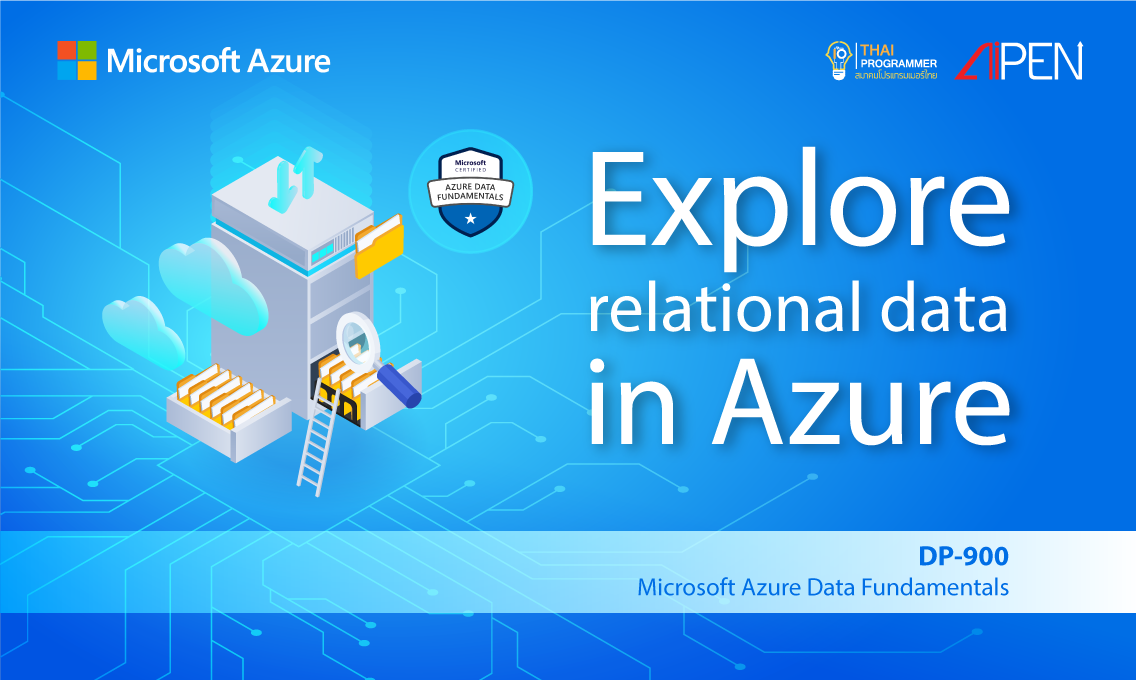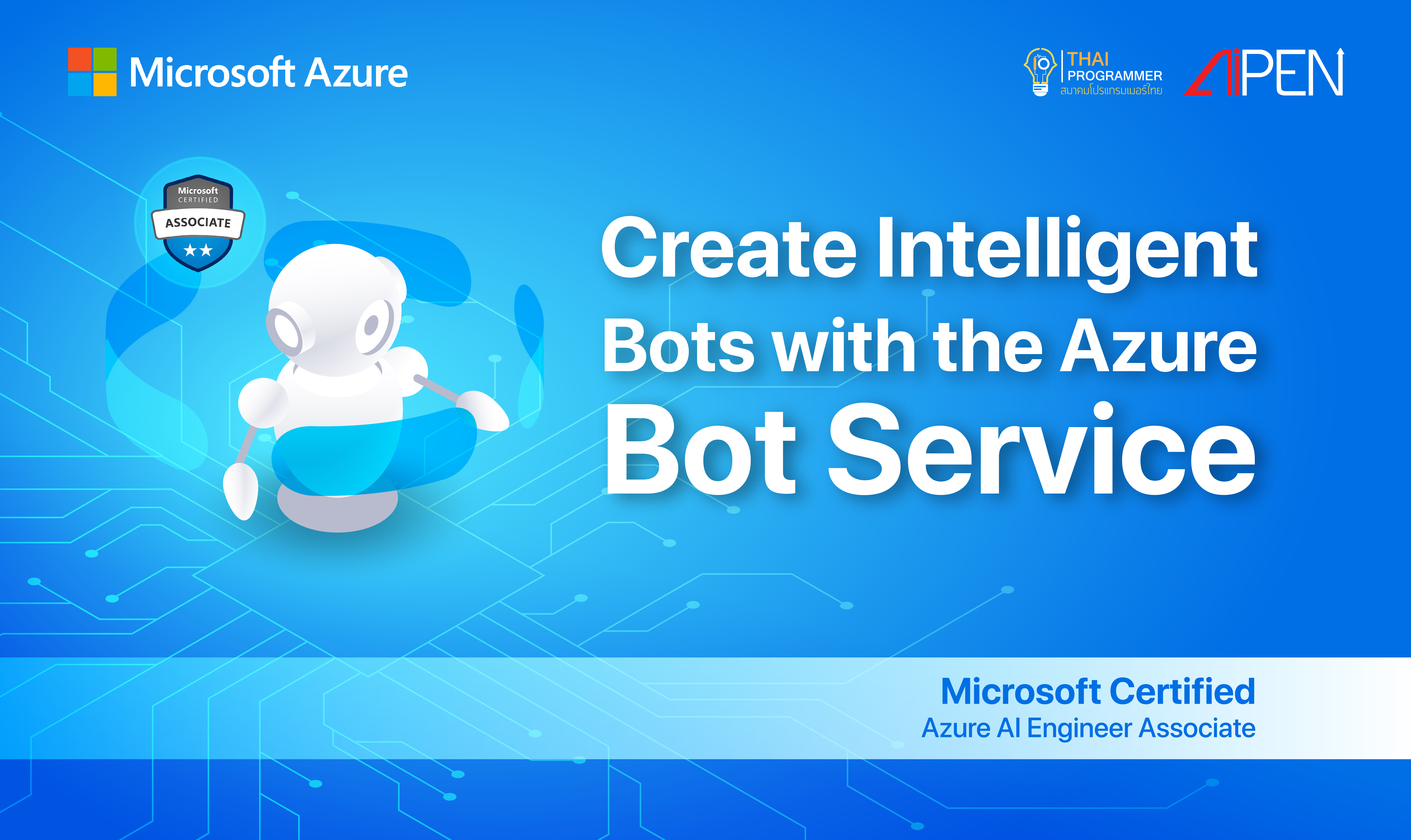Microsoft Azure : Build AI solutions with Azure Machine Learning
Free
Course Level
All Levels
Video Tutorials
83

Course content
Introduction to the Azure Machine Learning SDK
Introduction
Introduction
Azure Machine Learning workspaces
Azure Machine Learning workspaces
Exercise – Create a workspace
Exercise – Create a workspace
Azure Machine Learning tools and interfaces
Azure Machine Learning tools and interfaces
Azure Machine Learning experiments
Azure Machine Learning experiments
Exercise – Run experiments
Exercise – Run experiments
Knowledge check
Knowledge check
Summary
Summary
Train a machine learning model with Azure Machine Learning
Work with Data in Azure Machine Learning
Work with Compute in Azure Machine Learning
Orchestrate machine learning with pipelines
Deploy real-time machine learning services with Azure Machine Learning
Deploy batch inference pipelines with Azure Machine Learning
Tune hyperparameters with Azure Machine Learning
Automate machine learning model selection with Azure Machine Learning
Explain machine learning models with Azure Machine Learning
Detect and mitigate unfairness in models with Azure Machine Learning
Monitor models with Azure Machine Learning
Monitor data drift with Azure Machine Learning
About Course
Azure Machine Learning คือ cloud platform สำหรับการ train, การปรับใช้, การบริหารจัดการและการตรวจสอบโมเดล machine learning มาเรียนรู้การใช้งาน Azure Machine Learning Python SDK เพื่อสร้าง AI solution ที่พร้อมใช้งานสำหรับองค์กรกันเถอะ
ขอบคุณ content จาก Microsoft Azure: Build AI solutions with Azure Machine Learning
เผยแพร่เมื่อวันที่ 24/12/2020
Instructor
Student Ratings & Reviews

No Review Yet




















